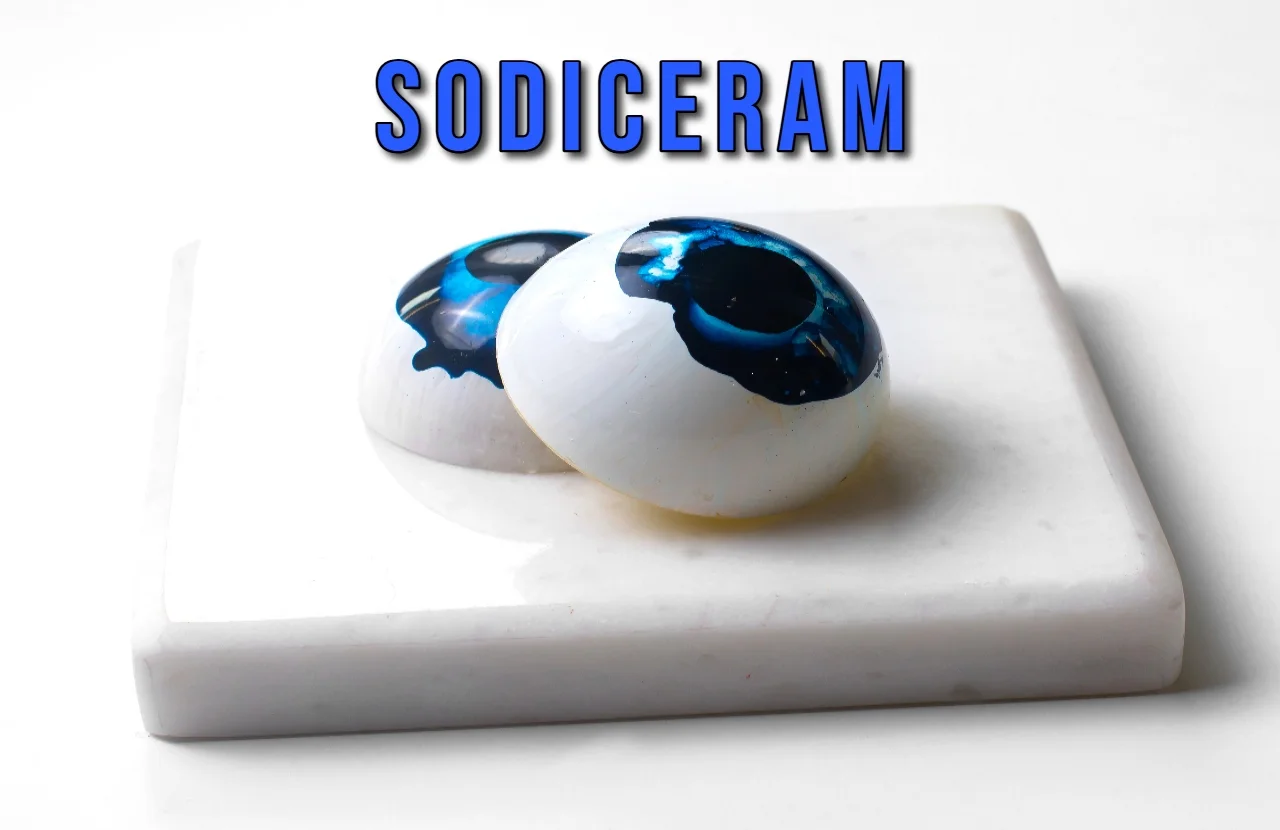Pottery has been an art form for thousands of years, with artisans honing their skills through traditional techniques passed down from generation to generation. But what if there was a revolutionary approach that could transform this age-old craft? Enter Sodiceram—an innovative technique that is reshaping the world of pottery. Founded by visionary artist and engineer Sarah Thompson, Sodiceram combines cutting-edge technology with artistic expression, offering potters new ways to create stunning pieces. This blog will delve into how Sodiceram is not only changing the game but also paving the way for a more sustainable future in pottery making. Get ready to explore the exciting intersection of tradition and innovation!
Traditional pottery techniques vs. Sodiceram
Traditional pottery techniques have been cherished for centuries. These methods often rely on hand-throwing clay, intricate glazing processes, and firing in kilns. Each piece tells a story shaped by the artist’s hands and creativity.
In contrast, Sodiceram introduces an innovative approach to pottery production. This method combines modern technology with traditional artistry, allowing for greater precision and consistency.
While traditional techniques celebrate imperfections that reveal the artist’s touch, Sodiceram focuses on replicating designs without losing character. Artists can create stunning pieces at a faster pace while maintaining high-quality standards.
The flexibility of Sodiceram enables experimentation with new shapes and forms not easily achievable through conventional means. As these two worlds collide, artisans find exciting opportunities to blend heritage with innovation in their craft.
The science behind the Sodiceram process
The Sodiceram process revolves around the innovative fusion of traditional pottery methods and cutting-edge technology. At its core, this technique utilizes advanced materials that enhance durability while maintaining aesthetic appeal.
One key aspect is the unique clay composition. By integrating specific minerals and additives, artists achieve a stronger bond during firing. This results in pottery that withstands thermal shock much better than conventional pieces.
Another fascinating element is the temperature control during production. The precise adjustments allow for uniform heating, which minimizes cracks and imperfections common in typical pottery.
Furthermore, the glazing method employed in Sodiceram uses less harmful chemicals compared to traditional glazes. This not only improves safety but also contributes to more vibrant finishes without compromising ecological integrity.
Each step of the process reflects a blend of artistry and scientific understanding, marking a significant shift in how pottery can be crafted today.
Benefits of using Sodiceram for pottery production
Sodiceram brings a fresh perspective to pottery production, offering numerous advantages. One significant benefit is its ability to enhance durability. Pieces crafted with this technique withstand wear and tear far better than traditional methods.
Another key advantage lies in the versatility of design. Artists can experiment with textures and shapes that were previously challenging or impossible to achieve.
Efficiency also comes into play. The Sodiceram process reduces firing times, allowing artists to create more pieces in less time without sacrificing quality.
Additionally, the material used in Sodiceram is often less toxic compared to conventional clay mixtures. This makes it safer for artists during both production and handling.
The vibrant colors achieved through Sodiceram are eye-catching and distinct. Potters now have an expanded palette at their fingertips, ready to elevate their work beyond standard expectations.
Success stories of artists using Sodiceram
Many artists have embraced Sodiceram, finding it a game-changer in their creative processes. One notable success story is that of Maria Johnson, who specializes in intricate porcelain figures. She discovered that the precision offered by Sodiceram allowed her to achieve details she had only dreamed of before.
Another artist, Liam Chen, transitioned from traditional methods to Sodiceram for his vibrant ceramic tiles. The technique not only saved him time but also enhanced the quality and durability of his work.
Emerging talents are also reaping benefits. Newcomers like Zoe Patel are experimenting with designs previously considered too complex for conventional pottery techniques. Their creations showcase bold patterns and textures unique to this innovative process.
These stories illustrate how Sodiceram empowers artists across various styles and mediums, encouraging them to push boundaries and redefine pottery as an art form.
Sustainability and environmental impact of Sodiceram
Sodiceram is revolutionizing the pottery industry with its focus on sustainability. Traditional ceramics often rely on energy-intensive kilns and materials that can harm the environment. In contrast, Sodiceram uses innovative techniques to minimize these impacts.
The process incorporates eco-friendly materials and reduces waste significantly. By optimizing firing temperatures, it consumes less energy than conventional methods. This translates to a smaller carbon footprint for artists and manufacturers alike.
Additionally, many of the raw materials used in Sodiceram are sourced sustainably. This commitment helps in preserving natural resources while promoting responsible production practices.
Artists using this technique not only create stunning pieces but also contribute to environmental stewardship. The shift towards sustainable pottery resonates well with consumers who prioritize eco-conscious choices in their purchases.
With such advancements, Sodiceram stands out as an example of how innovation can align creativity with ecological responsibility.
Future possibilities and developments for Sodiceram
The future of Sodiceram is brimming with potential. As this innovative technique gains traction, we can expect to see new applications in both artistic and functional pottery.
Research into materials and techniques will likely lead to even more refined processes. This could enhance the quality and durability of creations made using Sodiceram.
Collaboration between artists and engineers may also foster unique designs that were previously unattainable. Imagine intricate patterns emerging from advanced technology melding seamlessly with traditional artistry.
Moreover, as sustainability becomes critical in all industries, Sodiceram’s eco-friendly attributes may inspire further developments focused on reducing waste.
These advancements might not only improve production efficiency but also create entirely new markets for sustainable pottery products. The intersection of tradition and innovation holds exciting prospects for the evolution of this craft.
Conclusion: The future of pottery is here with Sodiceram
Pottery has always been a blend of art and science, tradition and innovation. With Sodiceram leading the charge, this ancient craft is undergoing a remarkable transformation. The innovative techniques introduced by this method are not only enhancing the quality and efficiency of pottery production but also opening doors for artists to explore their creativity in unprecedented ways.
As artists embrace Sodiceram, we see a renaissance in pottery that marries age-old skills with cutting-edge technology. This technique is reshaping how potters think about their work, allowing them to produce unique pieces while minimizing environmental impact.
The future of pottery holds exciting possibilities as more artisans adopt Sodiceram. We can expect new forms, styles, and uses for ceramics that will continue to push boundaries. As sustainability becomes increasingly important in all facets of life, methods like Sodiceram pave the way for responsible artistry.
With its promise of improved efficiency and reduced waste, it’s clear that the world of pottery is evolving at an impressive pace thanks to innovations like Sodiceram. Artists who harness this new approach are not just crafting beautiful objects; they are partaking in a movement towards sustainable creative practices that honor both tradition and progress. Pottery enthusiasts should keep their eyes peeled—this journey has only just begun.

